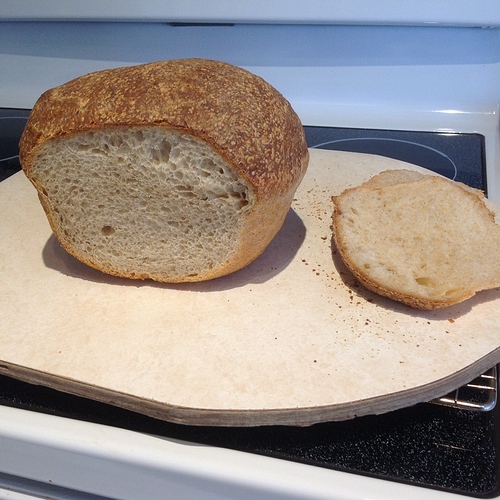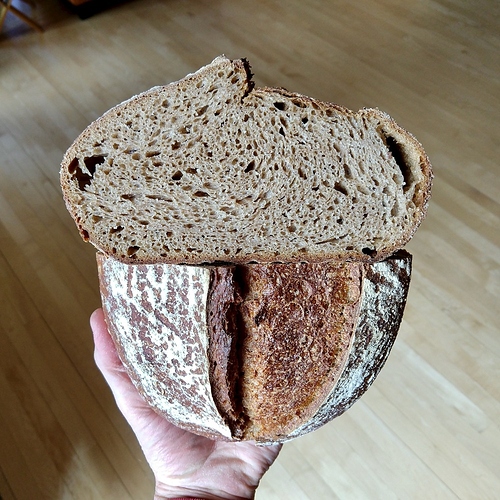I’m on a roll with yeast (leavening) questions so here is my 2 cents.
The short answer is no.
BUT. Although you will see many articles about feed and discard 1/2, feed … THAT is not necessary. You can cruise this site and see many examples of bakers that use minute amounts of starter, or instead of making an overnight biga or polish or levain … use the total amount of starter.
For that last example … suppose a recipe calls for you to make a biga/preferment/whatever of 60 g starter, 60 g water, 60 g flour and let that get bubbly and then proceed. Well, what you really have at the bubbly stage is 180 g of starter. So, if you have a jar of starter that is 250 grams you can instead, use 180 g of that starter for your bread, feed your remaining starter (70 g left), feed 70-100 g water, 70-100 g flour, let that bubble up and then put it in the frig until you make bread next.
Starter does NOT have to be constantly fed. And even though many sites/books say feed once a week, that is not necessary either. The little microbes are pretty resilient.
And you don’t need as much starter as described above … that was just an example.
If you’ve made it this far and I understand you are new … bottom line, you can choose a method with no waste and minimal feeding. You might need to do a bit of feed and discard at the beginning.
Another alternative is Fermented Fruit Water … see the thread here: Fermented Fruit water thread
FWIW, I am single, the only human in the house … I’ve been making bread, sweet rolls, doughnuts, crackers, biscuits, pizza dough, focaccia, flatbreads for myself with natural leaven (sourdough) … for almost 5 years. I think I’ve thrown out a bit of discard twice in that time frame. Even if you have discard you can use it many ways other than pancakes and waffles. Search sourdough discard on this site, if you are interested. The starter care and use is not time intensive, nor is the baking … the time from start to end is longer than with commercial yeast, but hands on time is not more. And then: super taste, texture and health benefits 




